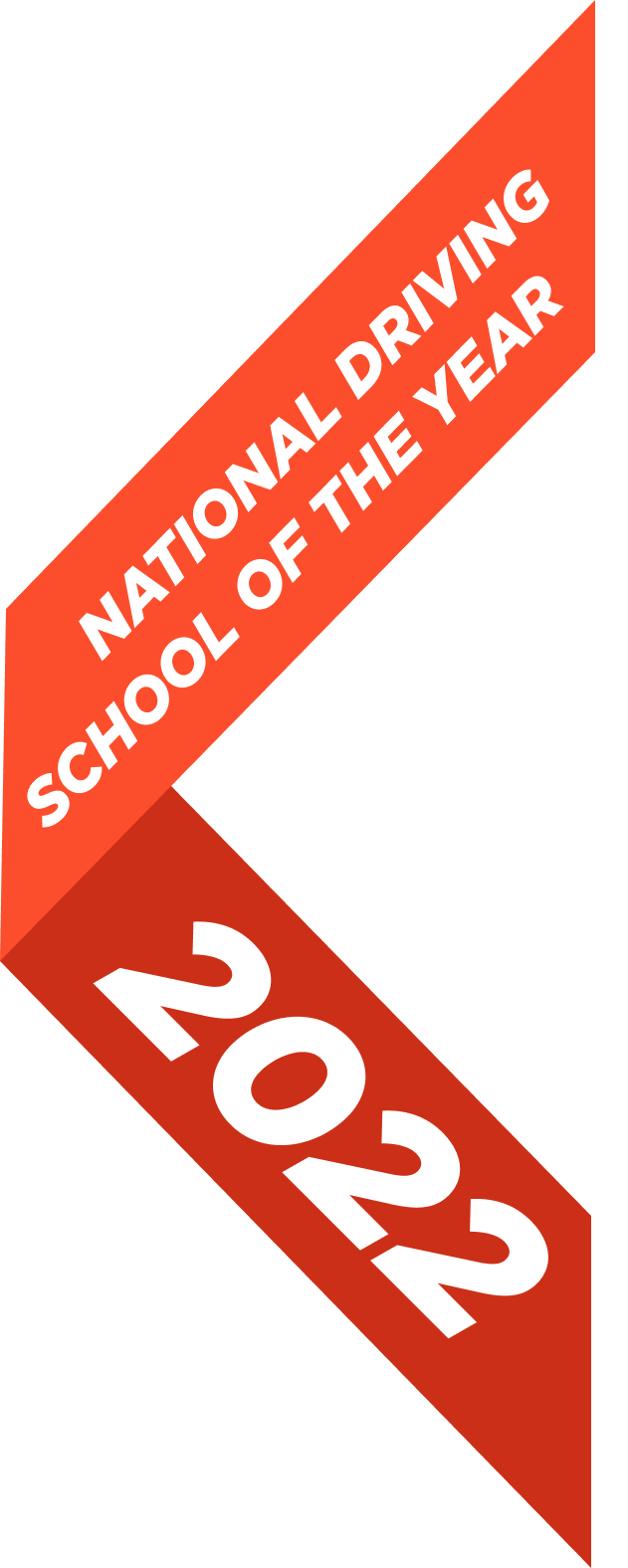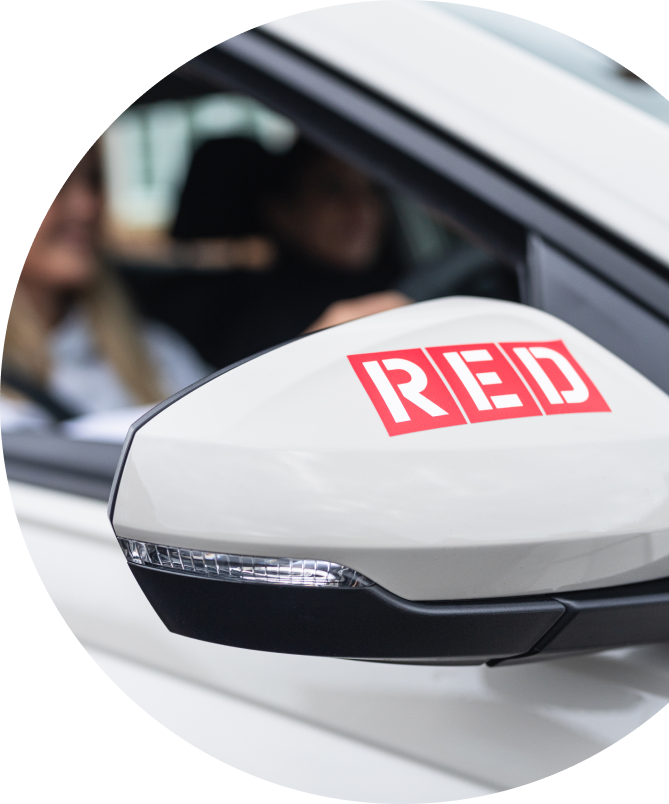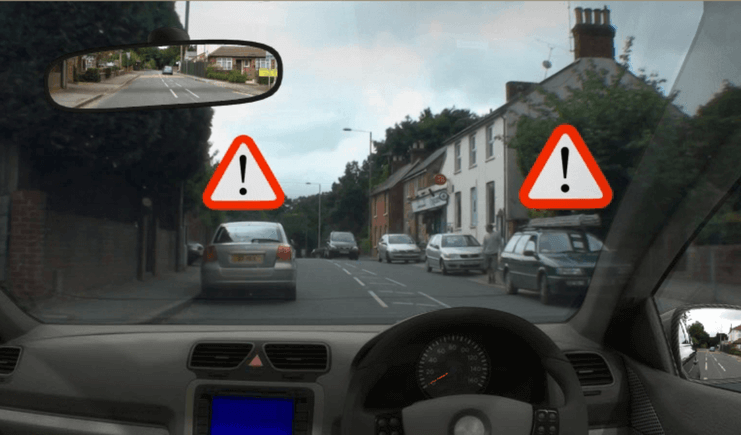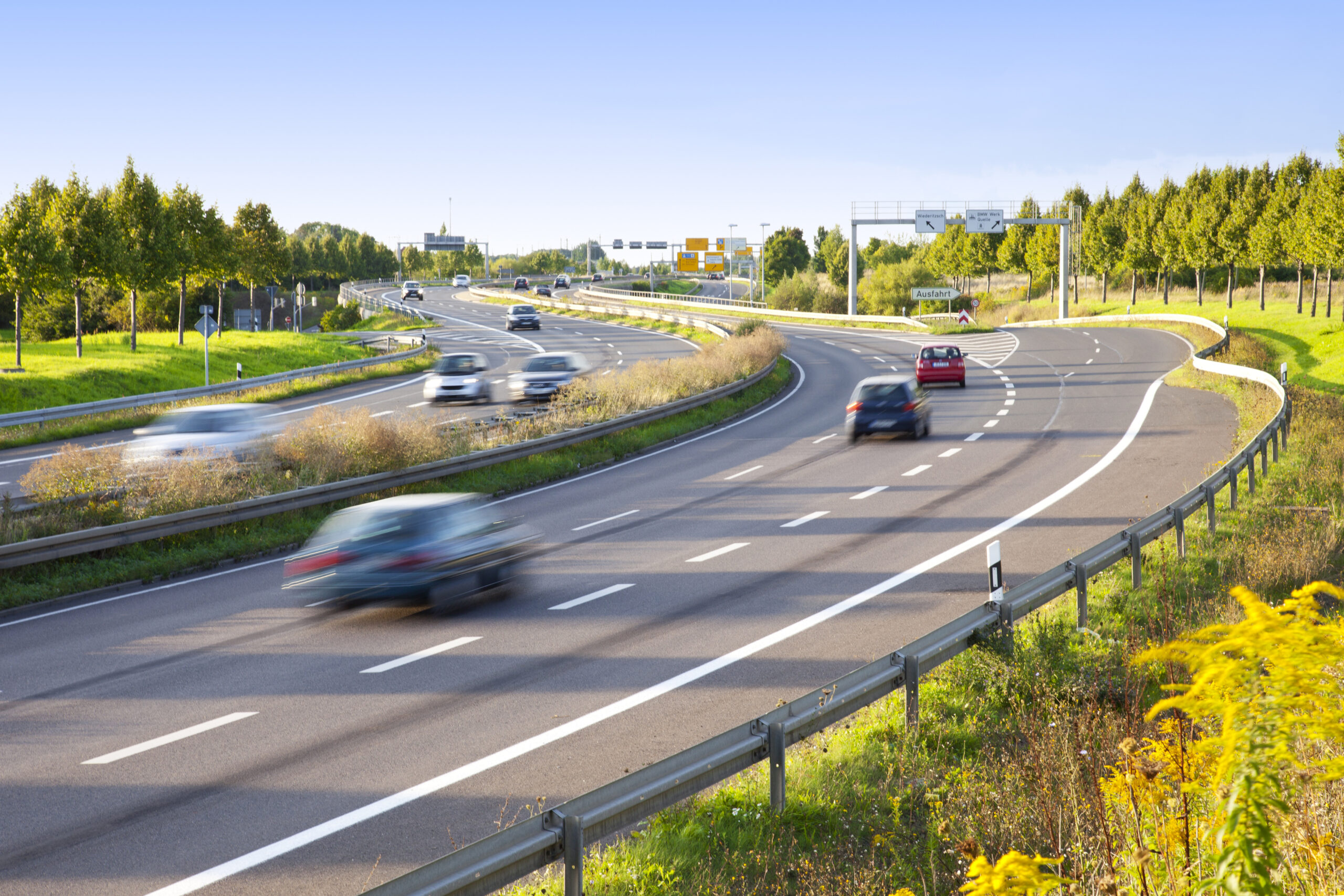

An automatic car (sometimes referred to as AMT, or “automatic manual transmission”) is a car that changes gears for you based on speed, engine load and driving conditions. As a result, the gearstick in the car has fewer, more simplistic options for you to choose from:
Due to these fewer options, many people find learning to drive an automatic car easier than manual cars. Even then, if you’re new to driving, even the thought of handling an automatic car might seem daunting – but RED is here to help.
Our Approved Driving Instructors (ADIs) at RED are fully trained to guide students through their driver training and practical driving test, regardless of whether you choose to learn automatic or manual.
If you’re at the beginning of your learning to drive journey, you might be unsure whether to choose an automatic or manual licence. Knowing the difference between the two vehicle types can help you decide which is more suited to you, and get you on the road to getting your driving licence. The differences between AMT and manual cars can be summarised as:
On top of the physical differences between these types of vehicle, the benefits of choosing automatic or manual cars are wide-ranging, and a personal choice. However it is worth noting that when you’re learning to drive, it does matter whether you decide to go for your manual (category B) or automatic licence (category B Auto).
This is because with a Category B Auto licence, you won’t be able to legally drive a manual car. However with a full Category B licence, you’ll be
Book your automatic driving lessons with RED
With RED’s extensive availability of automatic vehicles and our award-winning instructor network, you’ll have everything you need to succeed. Book today and start your journey with the top-rated driving school for automatic car driving lessons in the UK.


Many learners find automatic lessons simpler since you won’t need to focus on clutch control or shifting gears. This can allow you to concentrate more on road skills, hazard perception, and safe driving habits.
If you pass your test in an automatic car, your licence will only allow you to drive automatics. To drive a manual, you would need to take additional lessons in a manual car and pass the manual driving test.
Automatic cars do tend to be more expensive than manual cars due to the enhanced technology systems used in the transmission that helps the car to select the right gear on behalf of the driver. As the car itself costs more, it does mean that automatic cars can be more expensive to maintain, insure and learn to drive in than manual cars.

The UK driving theory test case studies section is designed to assess your ability to apply your knowledge of road rules and safe driving practices in real-world scenarios. This guide will support you in preparing for the case study section and what scenarios to expect.
Find out more

The Hazard Perception Test is crucial to the overall driving theory test, as it is designed to test a candidate’s ability to spot and respond to potential hazards while driving. At RED, we have everything to help you prepare for your theory test - find out more.
Find out more

The DVSA developed the Official Highway Code to protect vulnerable road users, and to minimise the number of road accidents and casualties. Find out more on what is included and how to start practising.
Find out more